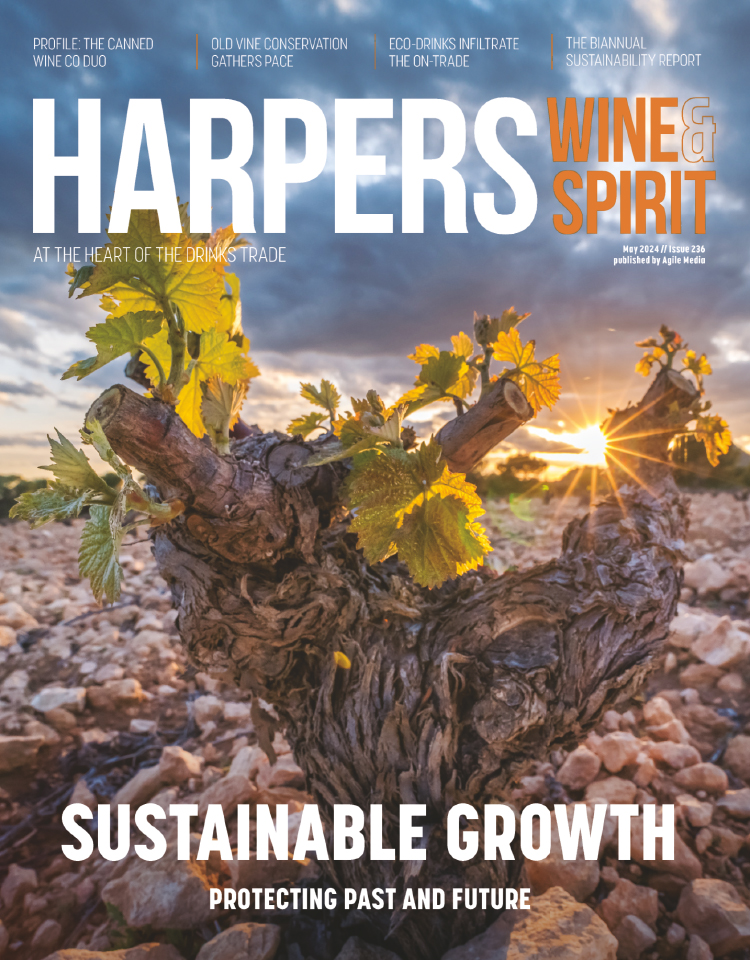
Indies’ focus on esoteric Italy leaves supermarkets in the shade
Italy in the off-trade seems to be a game of two halves at the moment with supermarkets sticking to classics and bankers while independent merchants push the envelope with more esoteric wines and attempt to shape consumer habits.
Scouring the supermarket shelves for interesting wines in late 2019 can be a disheartening endeavour for the wine lover, with Italy a prime case in point. Those who love Italian wine for its diversity, nuance and great sense of place are likely to find themselves wading through aisles of Prosecco and Pinot Grigio, offset by some co-operative-produced Montepulciano and Barolo, some large-scale producer Chianti and Soave, and perhaps an own label Primitivo or Orvieto.
The pressures on consumer spending, coupled with efforts by supermarkets to improve margins by reducing ranges, has reinforced this depressing trend towards homogeneity: the gap separating supermarkets from indies, who are increasingly seeking differentiation, has never been as wide.
Simon Taylor of Stone, Vine and Sun in Winchester says most Italians sell well at up to £15 a bottle. “It just has to taste good! However we have to be a bit wary of high tannin / high acid reds. We ship a brilliant Nebbiolo d'Alba at under £15, but because it's authentic Nebbiolo some people get scared of the tannins,” he says.
Taylor adds that rare indigenous and obscure grapes are not a problem. “It’s very much seen as part of the fun in Italy: so we ship Albana, Arneis and Aglianico. Our customers also like the very small producer / often organic viticulture vibe too,” he says.
With this in mind, he’s started to look at wines from less expensive ‘value’ regions like le Marche and Emilia-Romagna as well as places off many people’s radar like Umbria and with regards higher-priced wines, Taylor says people are prepared to pay for big name Barolos, Vino Mobile or Chianti Classico but often baulk at the likes of Taurasi or pricey blends with Cabernet or Merlot.
Peter Mitchell’s experience at Jeroboams, which has shops in West and Southwest London, is not dissimilar, with people still attracted to the classics but open to new regions and varieties.
“Italy has done very well, and we’ve seen double digit growth in each of the past three years. The diversity of styles certainly is a part of it as is the general good value available at all quality levels. Most wineries we work with are small and family-owned with a real sense of continuity and many are run organically. The sustainability of the producer has become increasingly important to customers in the last few years,” he says.
Among the classics he says Tuscany still dominates with Piedmont following in behind. “I would love to see more demand for Barolo and Barbareso as they offer some of the best value fine wine in the world. We will continue to hopefully add more producers to our range. With the run of good vintages in most of Italy at the moment, I can only see the wines continuing to grow their market share.”
Read more in the Harpers Italy Supplement published alongside the January issue of Harpers





